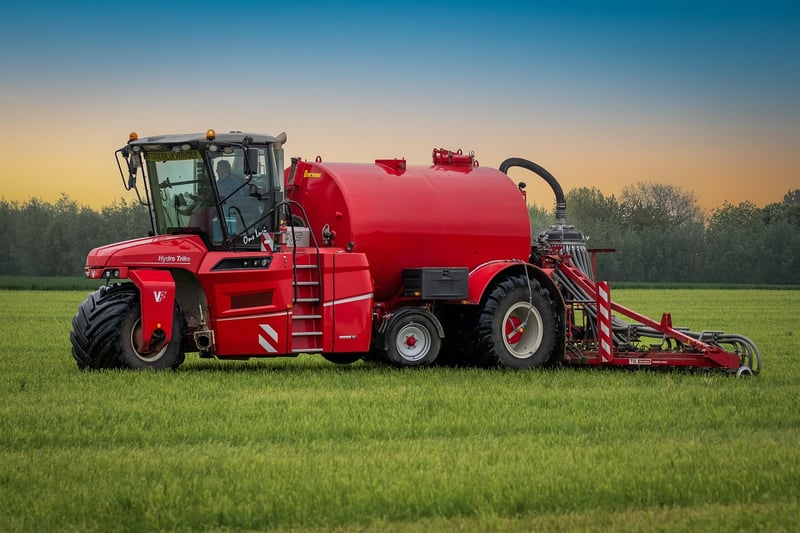Agricultural Microloans
Empowering Business Growth with Agricultural Microloans
In today's competitive business environment, access to adequate funding is crucial for entrepreneurs looking to expand their agricultural ventures. Agricultural microloans have emerged as a valuable financial tool that supports the growth and development of small-scale farming businesses. These microloans provide farmers with the necessary capital to invest in their operations, increase production, and improve overall sustainability.
Benefits of Agricultural Microloans
1. Financial Inclusion: Agricultural microloans enable smallholder farmers and agribusinesses to access formal financial services that may otherwise be unavailable to them.
2. Flexible Terms: Microloans typically have flexible repayment terms tailored to the seasonal nature of agricultural activities, making it easier for borrowers to manage their cash flow.
3. Capacity Building: In addition to financial support, microfinance institutions often provide training and technical assistance to borrowers, enhancing their skills and knowledge in agricultural practices.
Impact on Business Growth
By providing farmers with access to affordable credit, agricultural microloans play a significant role in driving business growth and fostering economic development in rural communities. Here are some ways in which these microloans contribute to the expansion of agricultural enterprises:
- Investment in Equipment: Farmers can use microloan funds to purchase modern equipment and machinery, enhancing efficiency and productivity.
- Expansion of Operations: With increased financial resources, farmers can expand their land holdings, diversify crops, or scale up their livestock production.
- Market Access: Microloans help farmers access markets by enabling them to meet quality standards, fulfill larger orders, and explore new market opportunities.
Case Study: XYZ Farm
To illustrate the impact of agricultural microloans, let's consider the case of XYZ Farm, a small family-owned operation in rural areas. With the help of a microloan, XYZ Farm was able to invest in irrigation systems, improve seed quality, and expand their product range. As a result, they saw a 30% increase in crop yield and secured contracts with local supermarkets, leading to a significant boost in revenue.

Conclusion
Agricultural microloans serve as a lifeline for small-scale farmers and agribusiness owners, providing them with the financial resources needed to grow and thrive. By promoting financial inclusion, offering tailored support, and fostering business expansion, these microloans contribute to sustainable agricultural practices and rural development. As the demand for responsibly sourced food continues to rise, supporting business growth through agricultural microloans remains a key strategy for building resilient and prosperous farming communities.
Explore the opportunities that agricultural microloans offer and take your farming business to new heights!
